Indigenous Peoples Heritage: Preserving Culture and Embracing Modernity
In the tapestry of the world’s cultures, indigenous populations hold a particularly vibrant and meaningful strand. They have a history, culture, and social structures that are uniquely their own, and they are defined by a resilience that has seen them retain their identity despite the overwhelming pressures of modernization and globalization. Their journey exemplifies the struggle to preserve an invaluable heritage and adapt to modernity simultaneously.
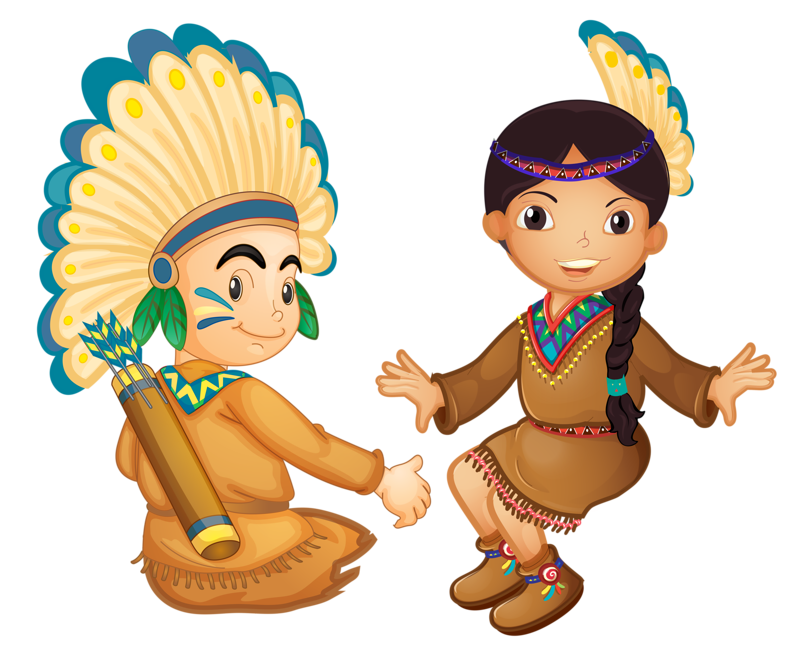
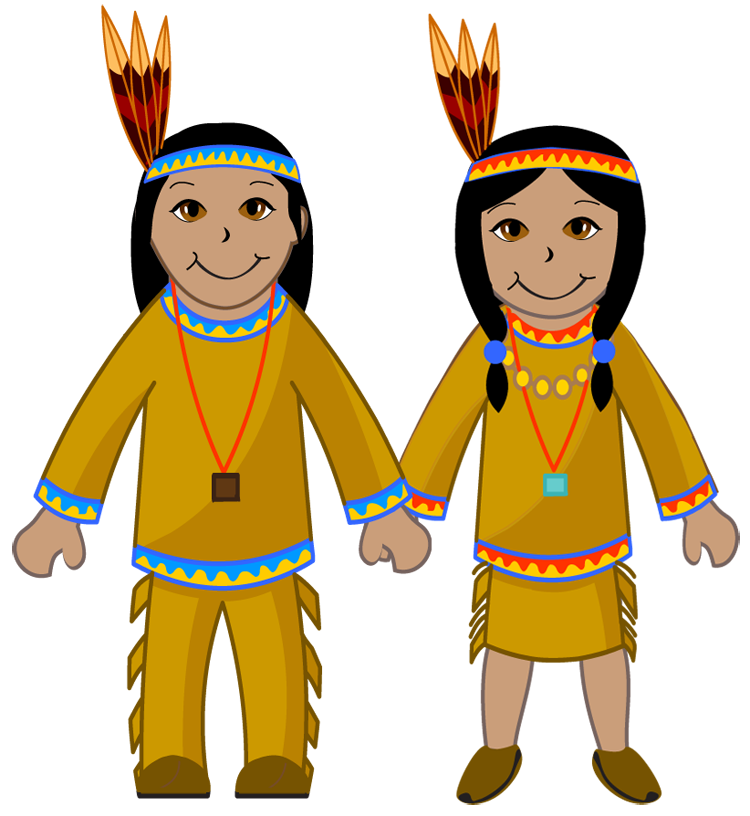
The Rich Tapestry of Indigenous Communities: An Overview
Indigenous nations represent the legacy of a world that predates the modern nation-state. These culturally distinct groups carry an ethnic identity that is intrinsically linked to their traditional lands. From the First Nations of Canada to the tribal communities of South Asia, each of these groups holds its own unique cultural patterns that have been shaped by millennia of history, belief, and interaction with their environment. They share a connection with their past, a bond that is expressed through their languages, rituals, and customs.
Despite the encroachment of the modern world, indigenous peoples worldwide have continued to preserve their unique identity. They represent the vast majority of cultural diversity, speaking a multitude of the world’s languages and holding a trove of indigenous knowledge that contributes to sustainable development and environmental conservation. Their existence enriches the global culture and provides a lens into the lives of those who live closely intertwined with nature.
In today’s fast-paced academic environment, the demand for quality writing assistance is ever-increasing. This is where services like Essaypro.com come into play, offering a wide range of writing solutions to students and professionals alike. Essaypro.com stands out in the industry due to its commitment to quality and timeliness.
The Role of Natural Resources in Indigenous Cultures
Natural resources are not merely economic assets for indigenous communities but are intertwined with their spiritual and cultural life. The forests, rivers, and mountains are seen as sacred guardians and integral characters in their ancestral stories. Indigenous knowledge systems, developed over generations, emphasize sustainable use of these resources, ensuring that economic development does not come at the expense of future generations.
Indigenous peoples have long understood that their well-being is connected to the health of their environment. They have traditionally managed lands in ways that protect biodiversity and promote ecological balance, principles that are now recognized as essential for combating climate change and environmental degradation.
The role of a term paper writer essayservice.com extends beyond just writing papers. These services also offer editing and proofreading, ensuring that each submission is polished and free of errors. This attention to detail can make a significant difference in the grades a student receives.
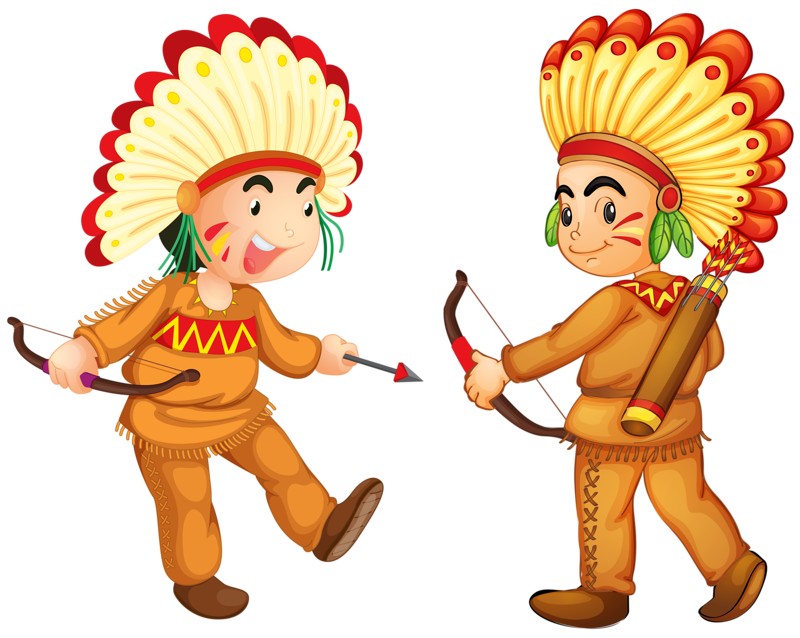
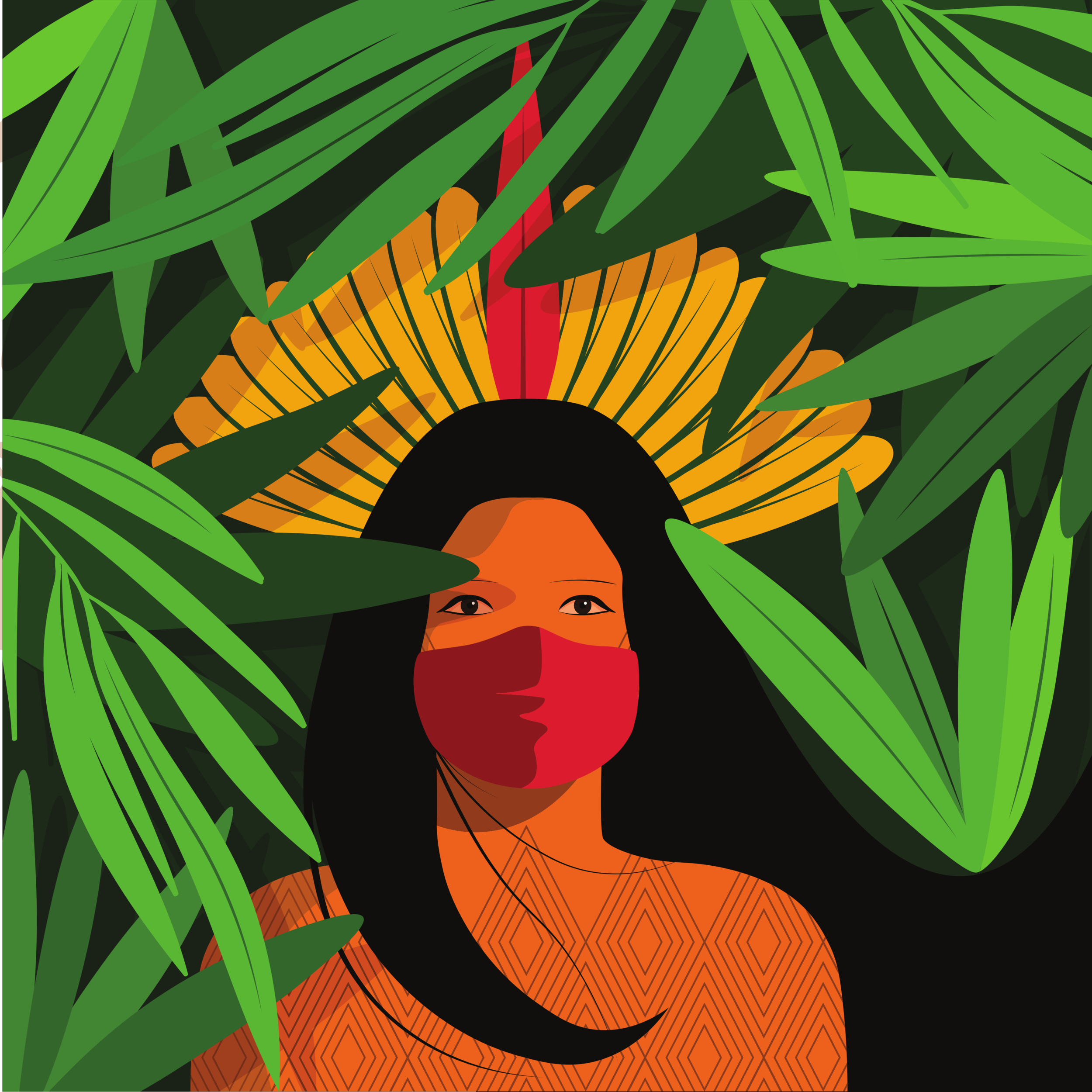
Modern Challenges Facing Indigenous Groups
The narrative of indigenous peoples worldwide is replete with challenges. They are frequently on the front lines of environmental destruction, be it deforestation in the Amazon or the melting ice in the Arctic. Climate change poses an existential threat to their way of life, impacting the ecosystems they depend upon for survival.
Additionally, the march towards economic development often leads to the exploitation of the natural resources that are integral to the cultural and physical survival of indigenous populations. Land tenure remains a contentious issue, with indigenous lands often not formally recognized, leaving them vulnerable to exploitation by outside interests.
Furthermore, there is the ever-present pressure of assimilation into mainstream society, which often results in the loss of indigenous languages, traditions, and social structures. The younger generation, drawn by the prospects of urban life, sometimes drift away from their communities, leading to a dilution of cultural continuity.
Indigenous Populations and the Fight for Rights
The rights of indigenous peoples have gradually gained recognition, thanks in part to the advocacy of indigenous peoples organizations and the support of international bodies like the United Nations. The United Nations Permanent Forum on Indigenous Issues and the International Labour Organization have been central to this effort, pushing for the promotion of indigenous peoples rights.
Yet, the path to securing these rights is fraught with obstacles. Indigenous women and men have had to fight relentlessly for the formal recognition of their lands, for the right to self-determination, and for protection against the exploitation of their resources. They have sought to ensure that their consent is informed and voluntary whenever decisions affecting their ancestral territories are made.
Spirit Uprising emerges as a beacon of cultural resilience, a non-profit organization dedicated to preserving the integrity of Ravenstail and Chilkat weaving – traditional art forms of the indigenous peoples of the Pacific Northwest, particularly the Tlingit, Haida, and Tsimshian. This organization understands that these intricate weaving techniques are not just crafts but are embodiments of a rich cultural heritage that has been passed down through generations. They are symbolic narratives woven into the very fabric of indigenous identity and history.
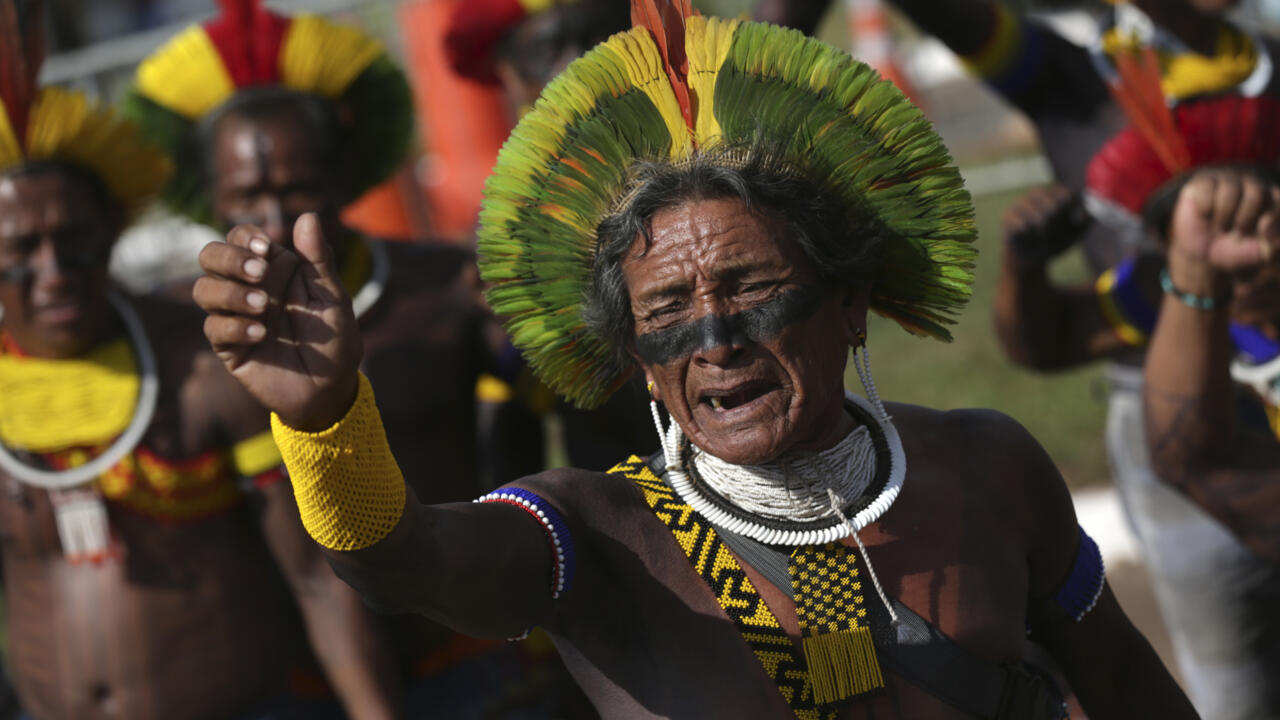
Sustainability and Conservation Efforts by Indigenous Communities
Indigenous communities have been guardians of the planet’s most precious resources. They protect vast expanses of the world’s forests and biodiversity, often outperforming other sectors in conservation efforts. By following traditional practices and wisdom, they contribute significantly to the world’s goals for sustainable development. Their conservation efforts are not just for the sake of preservation but also represent a form of resistance against the destructive patterns of resource exploitation. These practices are anchored in a belief system that sees humanity as an integral part of the natural world, with a responsibility to maintain balance and harmony.
Technology and Innovation Among Indigenous Populations
Innovation and technology have been embraced by indigenous peoples as tools for empowerment. These tools have allowed them to document their cultural heritage, defend their rights, and communicate their knowledge to a wider audience. The use of modern technology has also enabled indigenous peoples to monitor environmental changes, assert land rights, and engage with global communities. Digital platforms have emerged as powerful venues for indigenous peoples to share their languages and cultures, not just among their native population but with the world. They have used technology to amplify their voices, to bring attention to their struggles, and to share their perspectives on global issues.
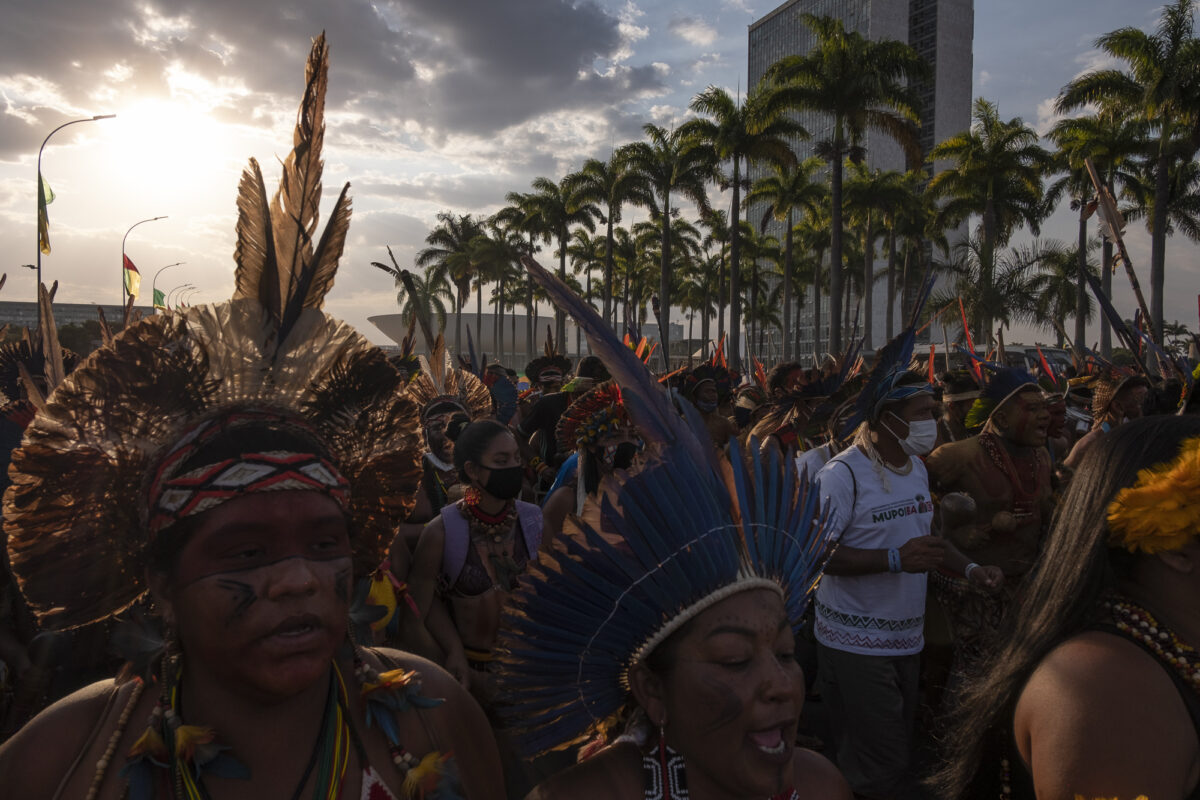
Celebrating the Diverse Traditions of Indigenous Groups
The cultural diversity of indigenous groups is a testament to the rich tapestry of human civilization. Their celebrations, art, music, and dance are expressions of their history, spirituality, and communal bonds. Preserving these traditions is vital not just for the sake of cultural heritage, but for the richness they bring to the global culture.Celebrations such as powwows, yam festivals, or the dances of Aboriginal peoples are not just tourist attractions but are the lifeblood of these communities, reaffirming their identity and strengthening their bonds. They showcase the beauty of their cultural patterns and offer a glimpse into the sophisticated social institutions and social development they have fostered over generations.
Balancing Development with the Stewardship of Natural Resources
Indigenous groups stand at the crossroads of economic development and the stewardship of natural resources. They advocate for a model of development that is inclusive, sustainable, and respectful of their rights. The challenge lies in balancing the need for poverty reduction and well-being with the imperative to preserve the environmental and cultural integrity of indigenous lands. This balancing act calls for meaningful partnerships between indigenous peoples, states, and corporations, recognizing the collective rights enshrined in international law. It also demands that the voices of these distinct peoples be included in the dialogues that shape policies affecting their lands and lives.